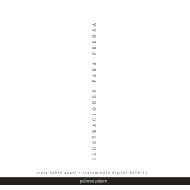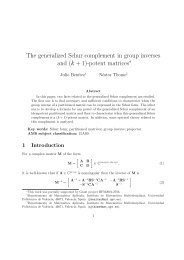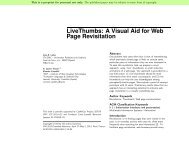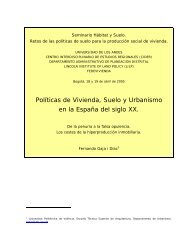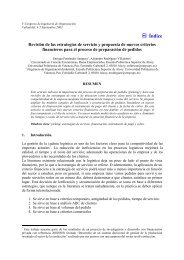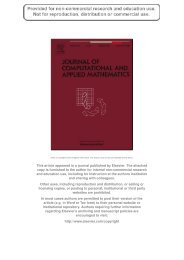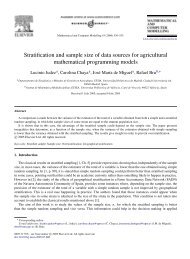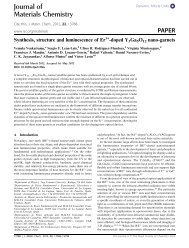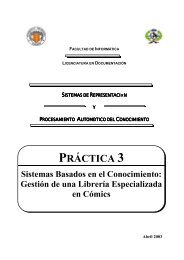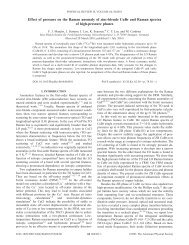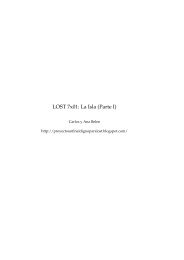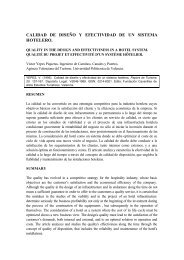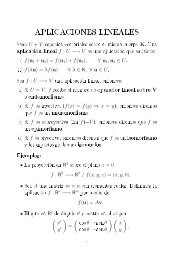Introduction to the resistivity surveying method. The resistivity of ...
Introduction to the resistivity surveying method. The resistivity of ...
Introduction to the resistivity surveying method. The resistivity of ...
Create successful ePaper yourself
Turn your PDF publications into a flip-book with our unique Google optimized e-Paper software.
33<br />
collected at 5 hours after <strong>the</strong> pumping began shows a reduction in <strong>the</strong> <strong>resistivity</strong> (<strong>of</strong> up <strong>to</strong> over<br />
50 percent) near <strong>the</strong> ground surface in <strong>the</strong> vicinity <strong>of</strong> <strong>the</strong> 24 metres mark. <strong>The</strong> near-surface<br />
low <strong>resistivity</strong> zone reaches its maximum amplitude after about 10 hours when <strong>the</strong> pumping<br />
was s<strong>to</strong>pped (Figure 25b). Twelve hours after <strong>the</strong> pumping was s<strong>to</strong>pped, <strong>the</strong> low <strong>resistivity</strong><br />
plume has spread downwards and slightly outwards due <strong>to</strong> infiltration <strong>of</strong> <strong>the</strong> water through<br />
<strong>the</strong> unsaturated zone. <strong>The</strong>re is a decrease in <strong>the</strong> maximum percentage reduction in <strong>the</strong><br />
<strong>resistivity</strong> values near <strong>the</strong> surface due <strong>to</strong> migration <strong>of</strong> <strong>the</strong> water from <strong>the</strong> near surface zone.<br />
This effect <strong>of</strong> <strong>the</strong> spreading <strong>of</strong> <strong>the</strong> plume becomes increasingly more pronounced after 24<br />
hours (Figure 25d) and 36 hours (Figure 25e) due <strong>to</strong> fur<strong>the</strong>r migration <strong>of</strong> <strong>the</strong> water. Note that<br />
<strong>the</strong> bot<strong>to</strong>m boundary <strong>of</strong> <strong>the</strong> zone with approximately 20 percent reduction in <strong>the</strong> <strong>resistivity</strong><br />
values tends <strong>to</strong> flatten out at a depth <strong>of</strong> about 3 metres (Figure 25e) where <strong>the</strong> plume from <strong>the</strong><br />
surface meets <strong>the</strong> water table.<br />
Figure 25. Sections showing <strong>the</strong> change in <strong>the</strong> subsurface <strong>resistivity</strong> values with time obtained<br />
from <strong>the</strong> inversion <strong>of</strong> <strong>the</strong> data sets collected during <strong>the</strong> irrigation and recovery phases <strong>of</strong> <strong>the</strong><br />
study.<br />
Copyright (1999-2001) M.H.Loke



